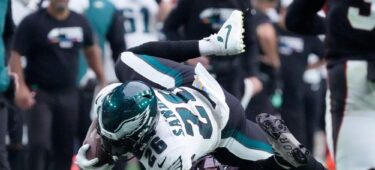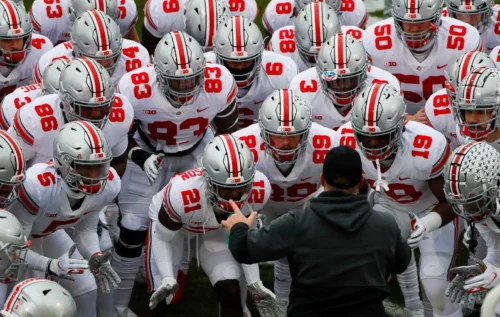
Differences Between Betting on the NFL and College Football
Learn the differences between betting on the NFL and college football with this guide. Read about differences in spread, league size, schedules, and more. There are many differences between betting on the NFL and betting on college...
Read more Differences Between Betting on the NFL and College Football


